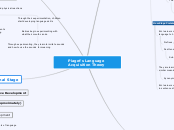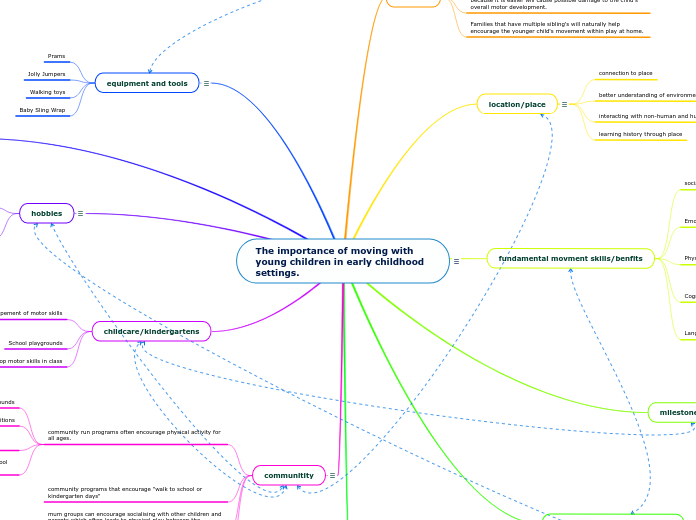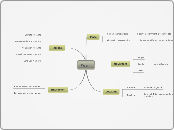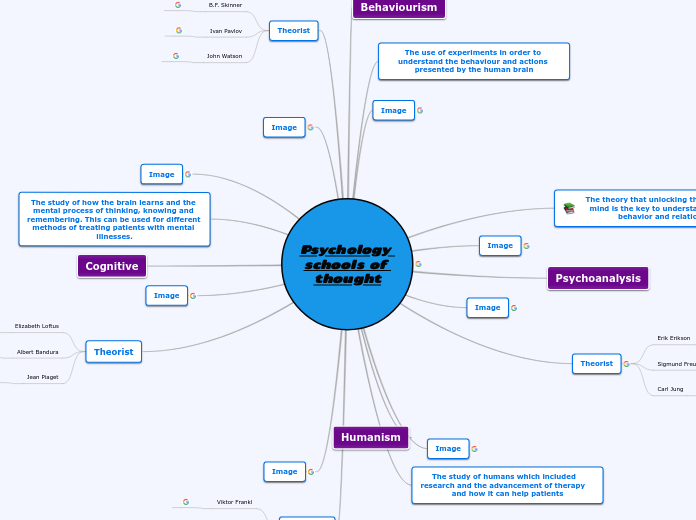How Stage 2 Relates to English Language Learners
Use English to externalize thinking, but also begin to use language to communicate with others
Engaging in Parallel play and gradually begin to interact with others
When English Language Learner first begin to develop English language skills communication is Ego-centric
Piaget's Language Acquisition Theory
The Pre-Operational Stage
2nd Stage of Cognitive Development
Ages 2 - 7 years (Approximately)
Children learn to use the symbols of language
Thoughts and communications are ego-centric
main function of speech at this stage is to externalize the child’s thinking rather than to communicate with others
Tendency to focus on only one aspect of a situation at one time
Engage in parallel play - meaning they play next to other children, but not with them
As children develop, egocentrism declines and children begin to enjoy interacting with other children, “lets pretend “ play becomes more important.
The Sensorimotor Stage
1st Stage of Cognitive Development
From birth to around age 2
Language Development
Emphasis on movement and physical reactions
Through their experimentation, children
start developing language skills
Babies begin experimenting with
what their mouth can do
Through experimenting, they learn to imitate sounds and how to use the sounds for meaning
Babies begin to experiment with their bodies
Then more complex movements
such as crawling and walking
Opening their fingers, moving their legs
How Stage 1 Relates to English Language Learners
ELL students try to learn how to use
the words or sounds to create meaning
within their environment
ELL students try to imitate the words
or sounds they hear from teachers or peers
The Formal Operational Stage
4th Stage of Cognitive Development
Age 11-Adulthood
Begin to think abstractly
create hypothetical ideas
consider different variables and possibilities
manipulate ideas in their head and do not need concrete manipulation
reasoning through inferencing
can see relationships between ideas
inventive thinking
Begin to think logically
develop reasoning
logically use symbols
think in a systematic way
The Concrete Operational Stage
How Stage 3 relates to English Language Learners
ELL learners understand the importance of word order in sentence structure
They are learning multiple ways to communicate similar meanings
Synonyms
ELL learners can sort and classify parts of English language to help them to better utilize
Past tense, Present tense, Future tense
Subtopic
Prefixes, Suffixes, Root words
3rd stage of cognitive development
age 7 - 11 years
Children's thoughts become less egocentric
They are able to consider others' perspectives
They are able to consider multiple perspectives to help solve a problem
Children gain the ability to sort and classify
Classification: able to classify objects by factors such as colour
Seriation: able to sort objects by characteristics such as size and shape
Children understand that changing the appearance or arrangement of objects does not necessarily change their properties
Transitivity: able to discern logical relationships between items in a successive order and make logical inferences
Conservation: able to understand that the size, amount, and number of objects may not be related to the arrangement of objects
Reversibility: able to discern that objects and numbers can change and return to their original state









